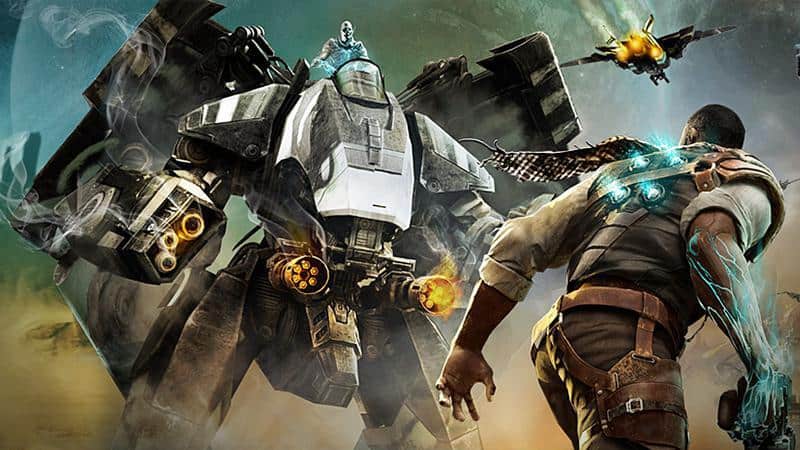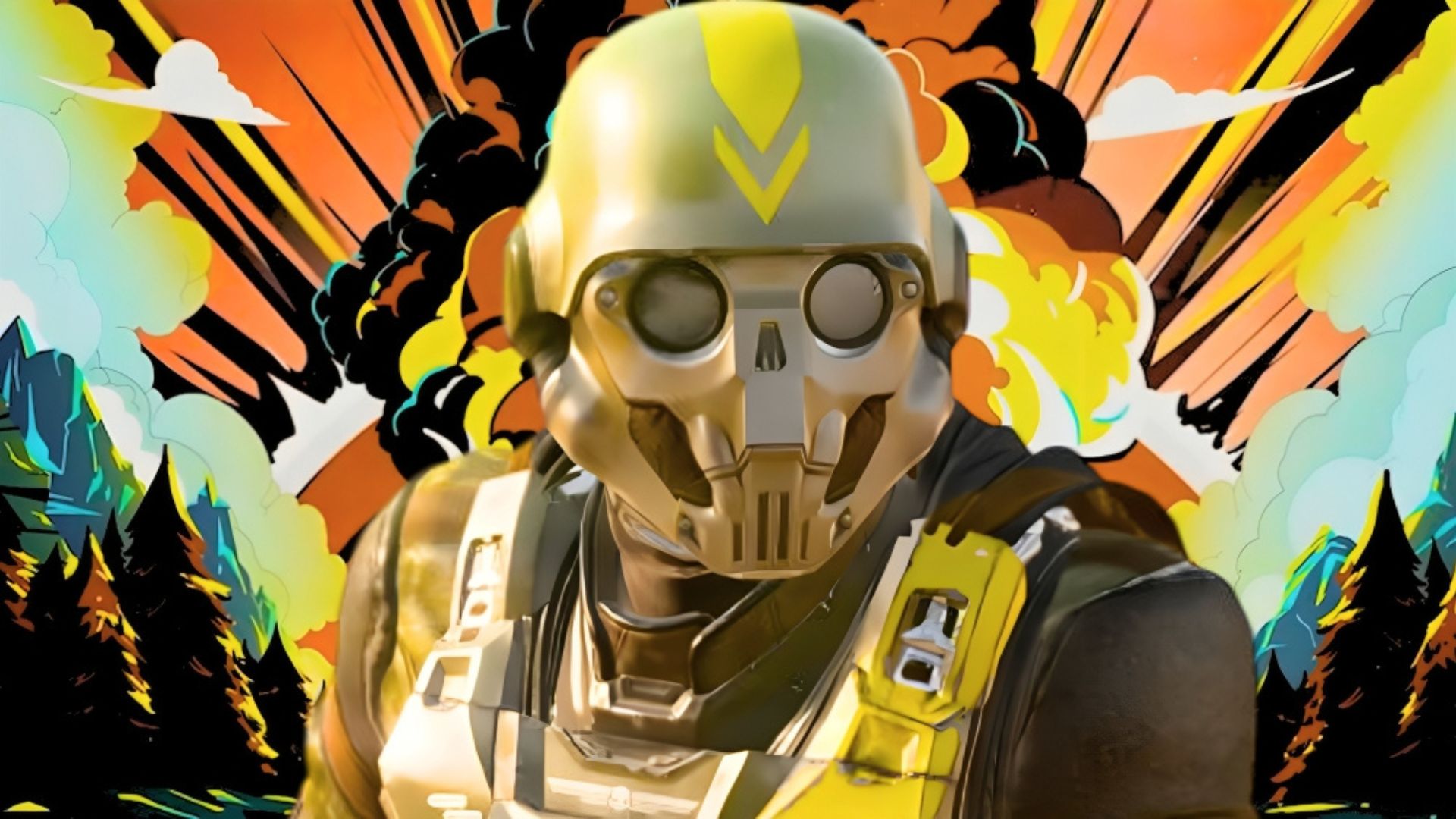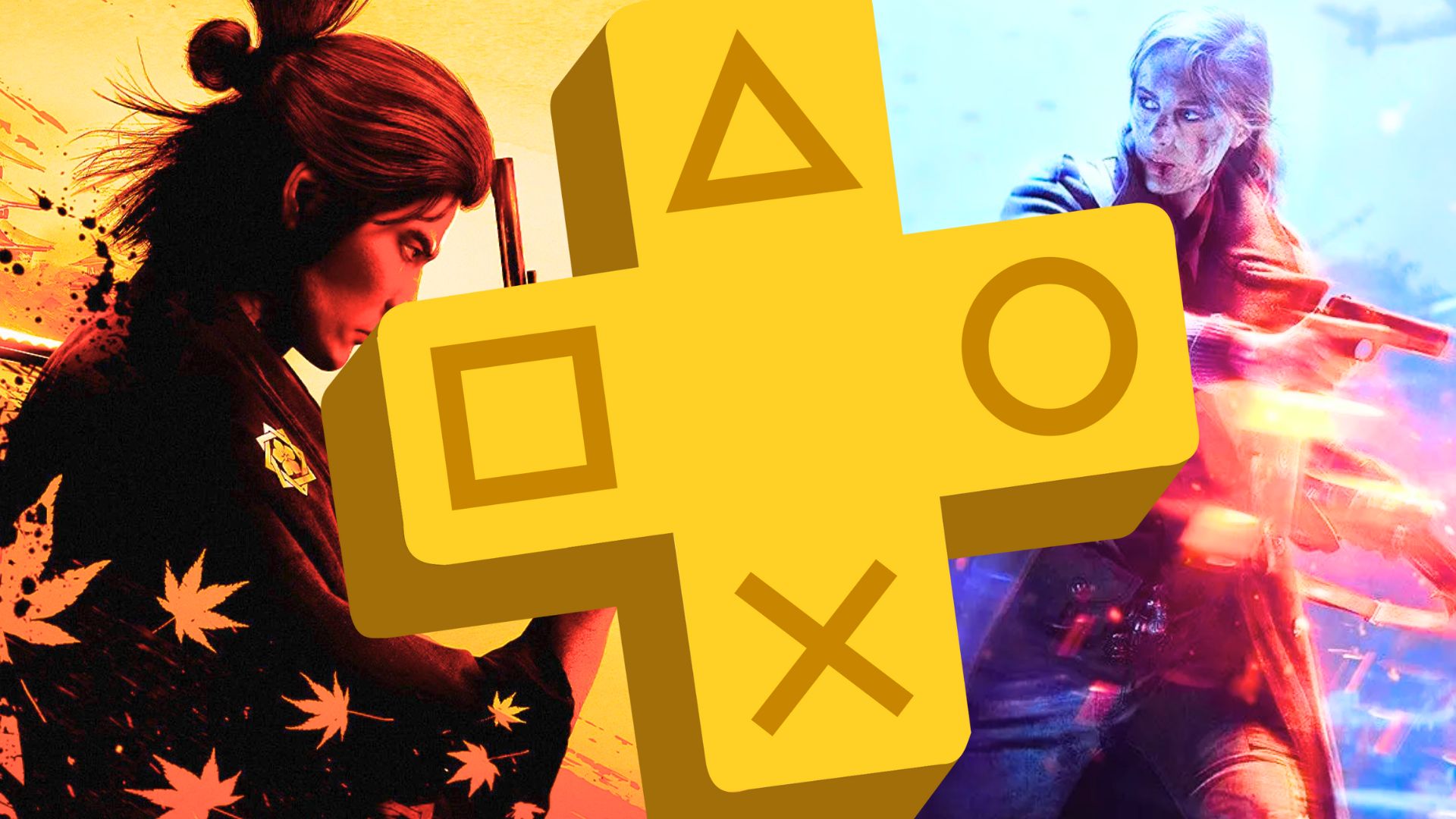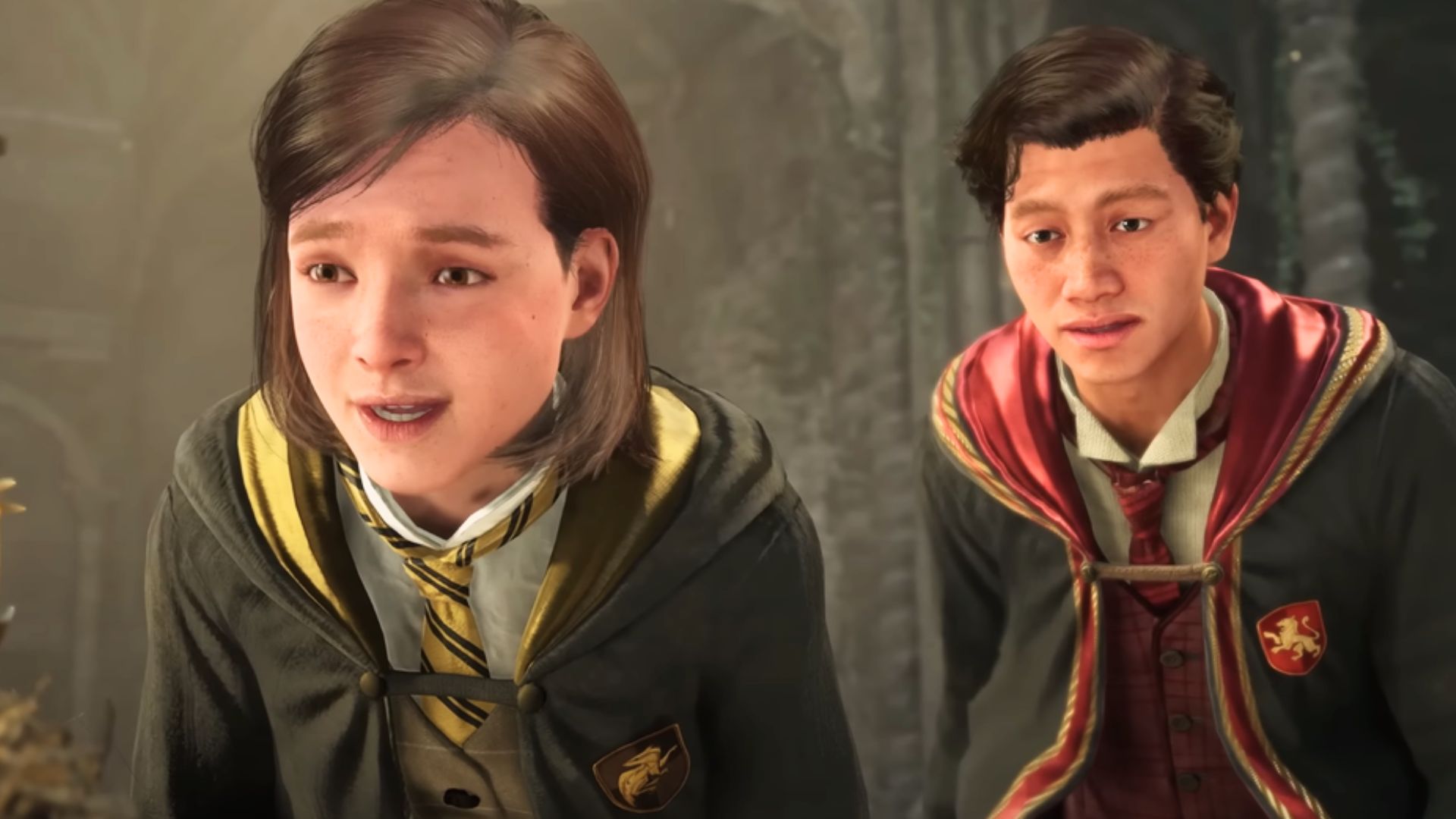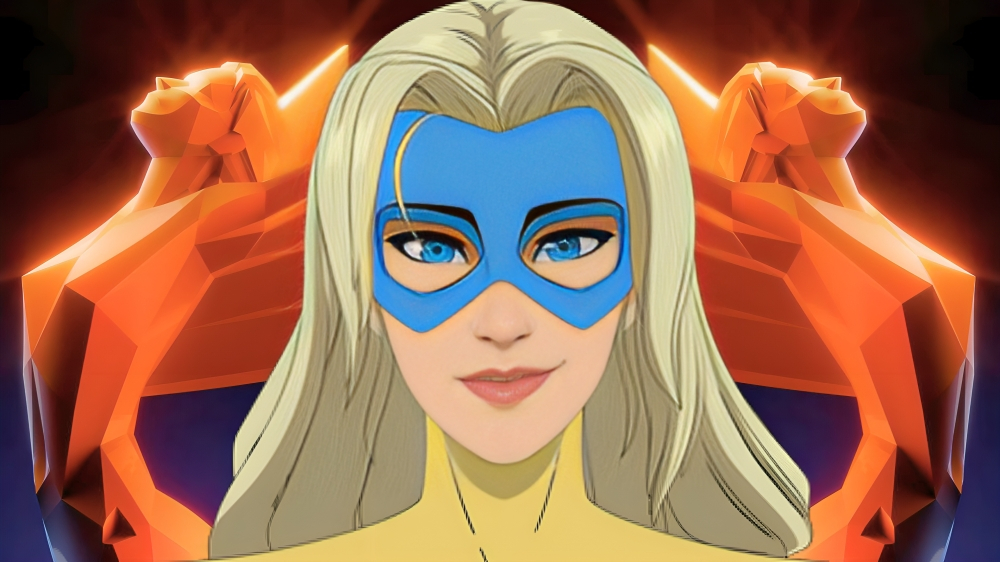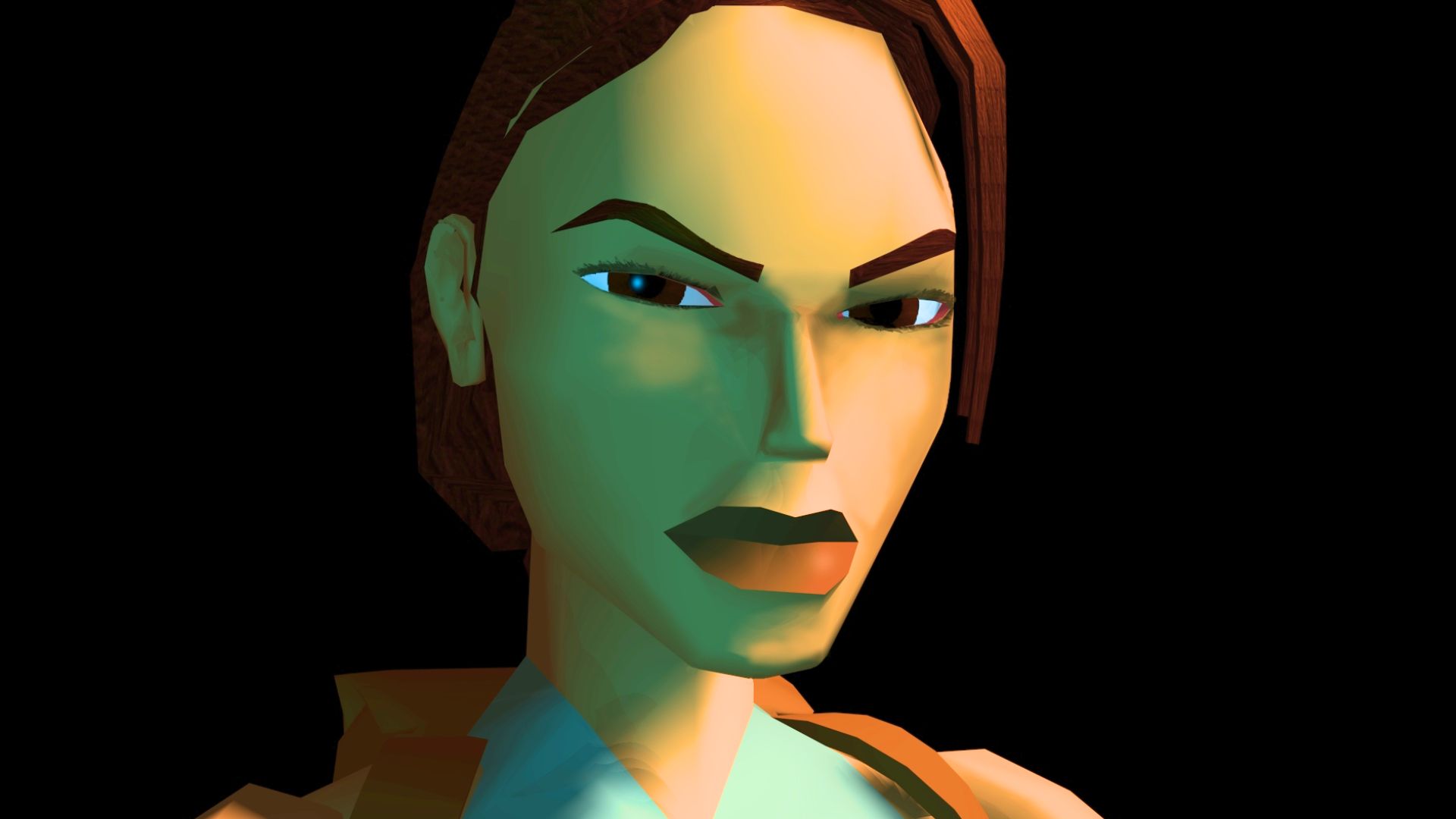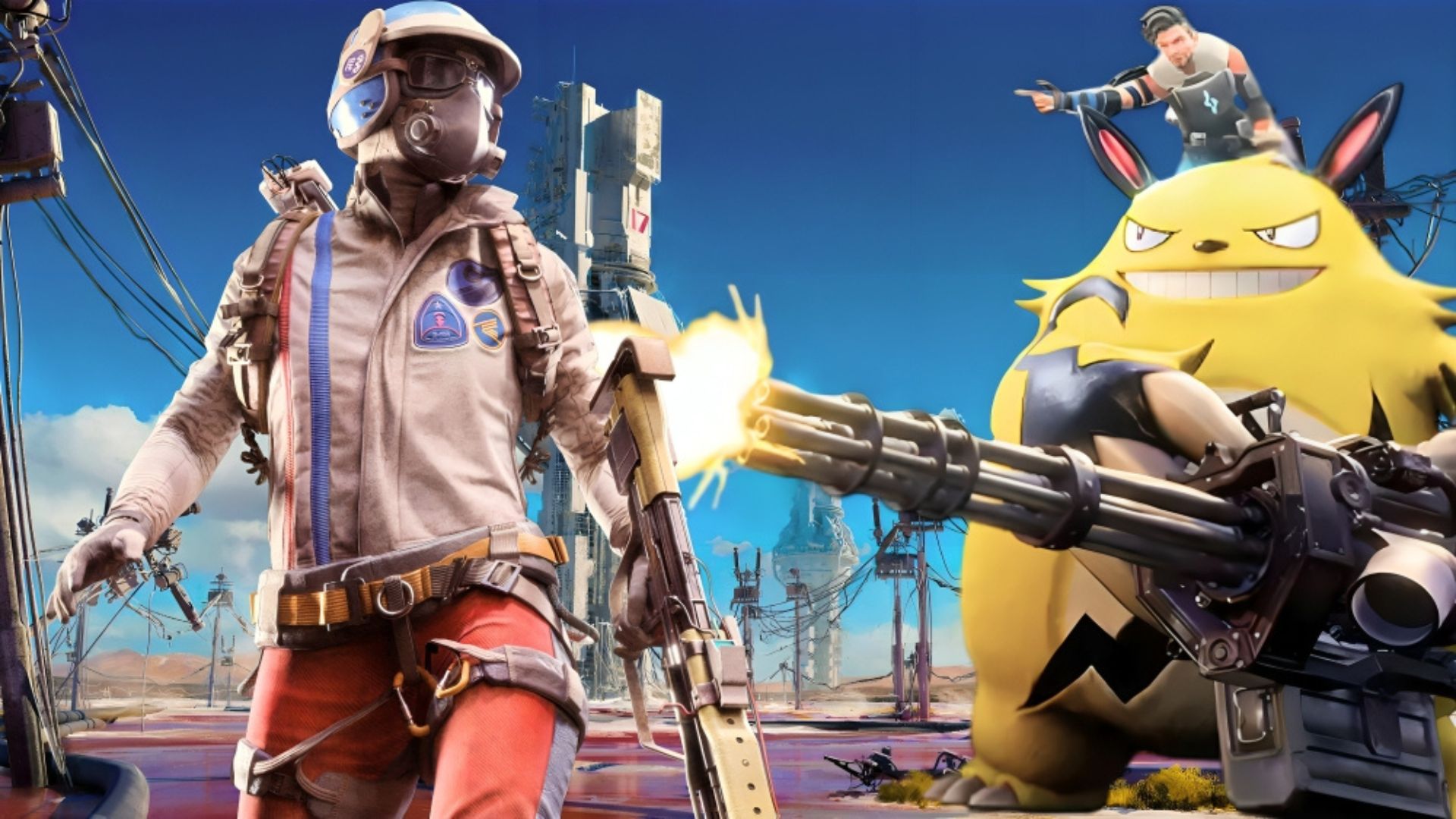You can trust VideoGamer. Our team of gaming experts spend hours testing and reviewing the latest games, to ensure you're reading the most comprehensive guide possible. Rest assured, all imagery and advice is unique and original. Check out how we test and review games here
Starhawk, the follow-up sequel to 2006’s multiplayer-shooter Warhawk, has said goodbye to its downloadable heritage in order to offer a full retail release featuring a single-player campaign and base building mechanics.
When playing solo our hero is Emmett Graves, a steely space miner with an arm infected by rift energy; a valuable but dangerous resource that can power intergalactic flight, but has the relatively unique side-effect of turning humans into glowing skeleton monsters. And they say fossil fuels are bad for the environment.
Emmett has resisted his own infection, however, because a) he’s the protagonist and b) his moustached sidekick Cutter has fashioned a handy device that lives on Emmett’s back and halts the infection. Together you flit across the galaxy saving worlds from the rift-infected Outcasts.
Starhawk’s single-player levels are designed to avoid the linear progression exemplified by most other shooters, instead providing open-plan environments players can modify by blasting down turrets, buildings, allied AI bots, and even walls from Cutter’s orbiting spaceship.
Lightbox Interactive has ensured this rhythm of play shows up fully-formed in Starhawk’s 32-player multiplayer, too. The mechanic has been dubbed Build & Battle, and it allows you to exchange rift energy, amassed from sticking around allied zones or killing enemies, for shiny structural objects using a simple radial menu.
The levels on show at a London preview event – Echo Moon in single-player and Acid Sea in multiplayer – play out in a similar fashion; base building with vehicular combat alongside generous amounts of third-person blasting. Single-player incorporates a feel of tower defense, too, with Emmett positioning his structures to fend off increasingly difficult waves of enemy Outcast.
Part of this comes from the ability to build bunkers alongside anti-ground and air turrets, which in turn requires the enemy team to build either a supply bunker (which doles out rocket launchers) or bigger vehicles to take out these troublesome emplacements.
As for the vehicles, hawks can now transform between powerful mech suits and aerial vehicles, and are accessed by calling down a Launch Pad structure from the Build & Battle radial menu. Hawks are now much easier to fly than in Warhawk, with all evasive manoeuvres mapped to right stick.
In multiplayer, players choose where to spawn and arrive via drop pod, which smash into the ground with enough force to destroy enemy 4×4 jeeps that make the mistake of getting in the way.
Also promised is an automated tournament system, an Android application (an iPhone version is also being considered), and cross-server voice communications that allow you to chat to your friends playing Starhawk regardless of whether you’re in the same game as them.
Despite Lightbox Studio’s efforts to incorporate a single-player campaign, multiplayer is still very much the star of the show; the few matches I had definitely left me wanting more.
Starhawk is scheduled for a 2012 release on PS3.
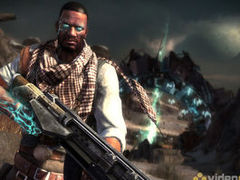
/https://oimg.videogamer.com/images/b49a/starhawk_5.jpg)
/https://oimg.videogamer.com/images/ac9c/starhawk_4.jpg)
